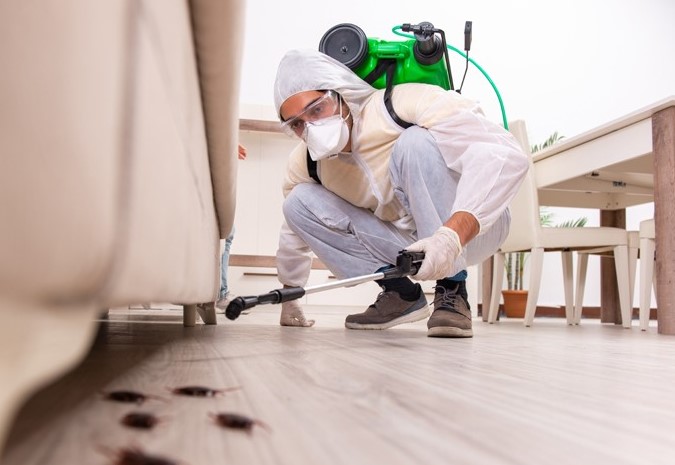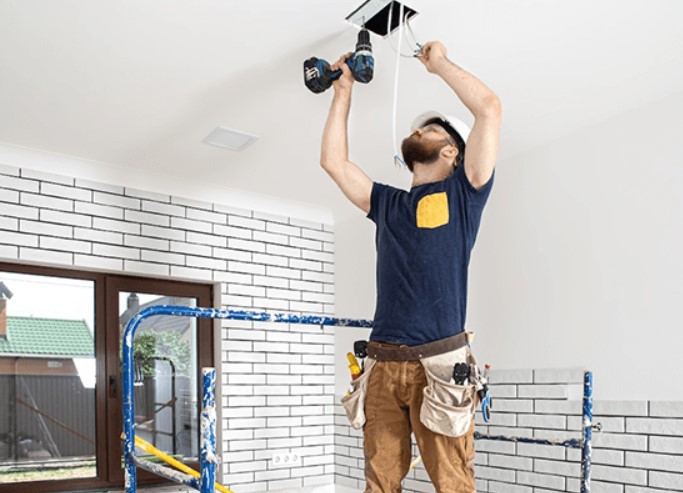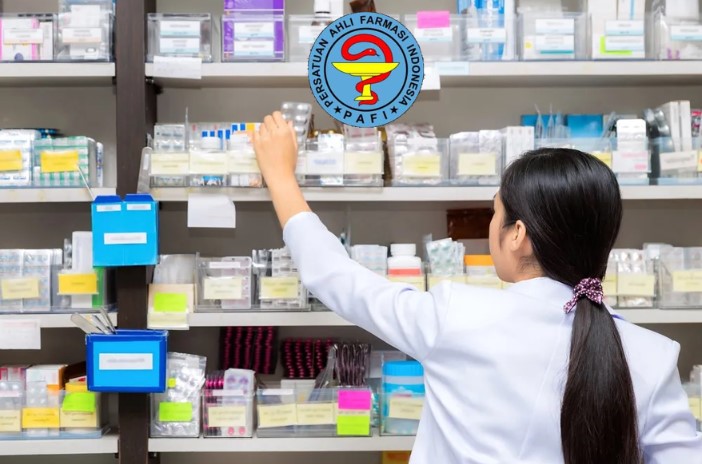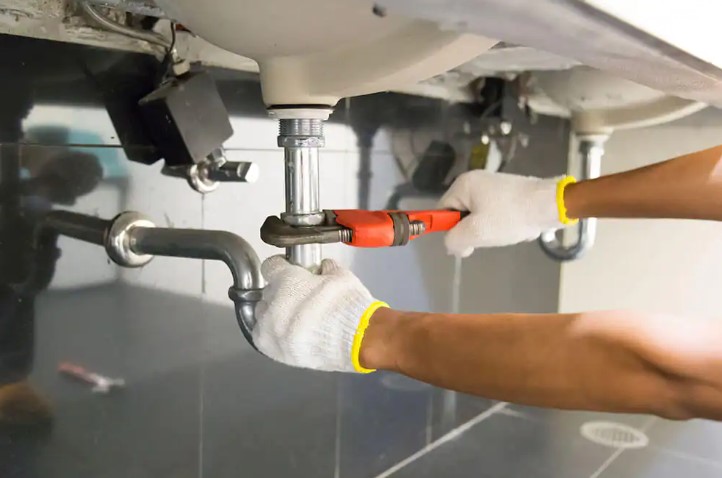
Protect Your Family: Defend Against Common Household Pests
Identifying common household pests like rodents, cockroaches, ants, and termites is crucial for effective pest control. These pests cause damage to property and pose health risks. Understanding their habits and preferences can help target pest control methods more efficiently. Cockroaches thrive in moist environments, while ants are attracted to food sources and can infiltrate pantry or kitchen areas. Termites, wood-destroying insects, can damage home structural integrity if not detected early. By recognizing these behaviors, you can strategically tackle pest control and minimize infestations, ensuring a healthier living environment.
Prevention Techniques
Prevention is the first line of defense against pests, as it helps to avoid infestations before they start. Keeping an area tidy and tightly sealed helps property owners drastically lower the chance of pests getting inside. An efficient pest management strategy must include proactive measures like sealing cracks, appropriately managing garbage, keeping the environment dry, and routine inspections. Additionally, engaging professional pest control services can further enhance these efforts by providing expert advice and advanced solutions tailored to specific pest issues. By combining preventive practices with the expertise of pest control services, individuals can create a robust defense against unwanted pests.
Natural Solutions for Pest Control
Natural pest control solutions can be practical for those who avoid chemicals. Here are some methods:
- Essential Oils: Peppermint, eucalyptus, and tea tree essential oils can repel pests by applying a spray bottle mixed with water around entry points and areas where they are frequently found, leaving a pleasant aroma.
- Diatomaceous Earth: Diatomaceous earth is a naturally produced substance in powder form that induces exhaustion and death in insects by absorbing fats and oils from their exoskeletons. It is a safe, practical choice that is non-toxic, harmless, and appropriate for households with children and pets.
- Homemade Traps: Mix equal parts of sugar and baking soda near ant trails to combat ant infestations. The sugar attracts ants, while baking soda disrupts their digestive system, leading to their demise. Alternatively, create fly traps using vinegar and dish soap to capture and kill flies effectively.
These techniques are environmentally benign and safe for both people and animals. They offer an alternative to chemical-based pest control solutions, allowing you to address pest issues without compromising safety or sustainability.
Proper Use of Chemical Solutions
Chemical solutions are sometimes necessary when natural methods are not enough. However, it’s essential to use them safely, following the guidelines of the Environmental Protection Agency. This means using protective gear, ensuring proper ventilation, and avoiding the use of outdoor chemicals indoors. It’s crucial to keep chemicals out of children’s and pets’ reach and store them in their original containers, away from food, water, and living areas. By following these guidelines, you can ensure the effectiveness of chemical treatments while minimizing potential risks to your household.
Long-Term Maintenance Tips
Remember to be vigilant against pests, as they can be persistent. Check your property frequently for indications of infestation, such as chew marks, droppings, and broken food packaging. It’s critical to keep hidden areas clean and to perform repairs. Regularly sweep and vacuum your living areas, ensure the countertops are spotless, and wipe up spills immediately. To create an inhospitable environment for pests, engaging in regular yard work such as trimming bushes and getting rid of standing water will ensure long-term protection against pests.




